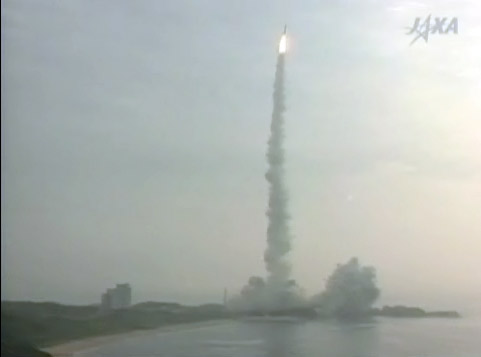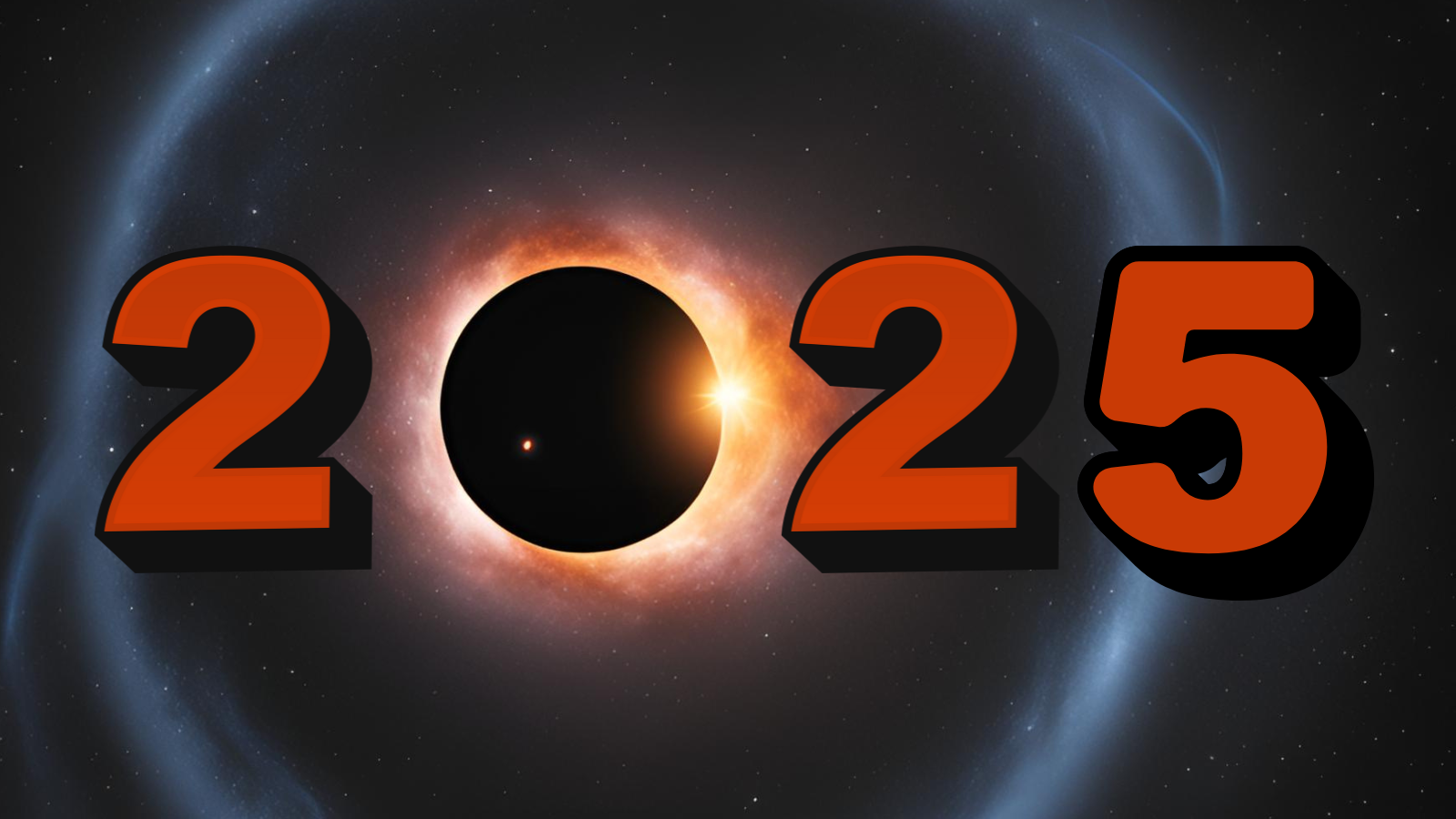Japan Launches New Venus Probe and Solar Sail

A powerful new Japanese spacecraft and experimental solarsail blasted off together on Thursday (Eastern Time) to start a six-month trekto explore Venus and cosmic parts beyond.
One mission is aimed at uncovering the secretsof Venus and its cloud-covered surface, while the other could become thefirst interplanetary solar sail to successfully fly in space. The JapanAerospace Exploration Agency (JAXA) is backing both spaceflights.
A Japanese H-2A rocket lifted off with the VenusClimate Orbiter, named Akatsuki, as its main payload at precisely 5:58:22p.m. EDT (2158:22 GMT). ?By coincidence, it was early Friday morning local Japantime at the Tanegashima Space Center at the time of launch.
The Akatsuki spacecraft's name means "Dawn inJapanese. If all goes well, it should arrive at Venusin December.
JAXA hoped to launch Akatsuki and its Ikarossolar sail companion earlier this week, but low clouds and foul weather preventeda liftoff initially scheduled for Tuesday morning (local Japan time).
Unveiling Venus
Akatsuki has set sights on a planet that scientists consideras Earth's moodier, more hellish twin.
Breaking space news, the latest updates on rocket launches, skywatching events and more!
One of the main goals is to understand the "super-rotation"of the Venus atmosphere, where violent winds drive storms and clouds aroundthat planet at speeds of more than 220 mph (360 kph), some 60 times faster thanthe planet itself rotates.
"Akatsuki is the first 'meteorological satellite' of aplanet other than the Earth," said Seiichi Sakamoto, director for spacescience outreach at JAXA's Institute of Space and Astronautical Science. "Detailedstudy of Earth's sister planet will provide us with breakthroughs in the fieldof atmospheric science."
Solar sail rides shotgun
Japan's new solarsail, named Ikaros (Interplanetary Kite-craft Accelerated by Radiation Ofthe Sun), also hitched a ride as one of five smaller secondary payloads builtby private universities and corporations.
The solar sail craft will take the same starting trajectoryas Akatsuki, but is only scheduled to pass the orbit of Venus during its ambitiousthree-year journey to the other side of the sun.
Ikaros is designed to rely only upon the pressure ofsunlight to push it along, but it also carries thin film solar cells embeddedwithin its kite-like frame that can generate electricity. Such a design mightallow future spacecraft to draw electricity for ion-propulsion engines, even asthey also use the solar sail for backup — not unlike a sailing boat that alsouses a solar-powered engine.
The mission launch involved an unusual maneuver for the H-2Arocket, which typically separates its main payload before the smaller payloads.
"This time we separated three piggyback satellitesbefore Akatsuki," Sakamoto told SPACE.com. "This is new to H-2A."
A JAXA publicity campaign to send names and messages toVenus has received more than 260,000 names and messages from around the world, accordingto Sakamoto. Akatsuki's study of Venus is planned to last at least two yearsafter it enters the planet's orbit.
The Japanese space agency also launched a new spacefreighter late last year aboard an H-2B rocket, which represents the newer andbigger descendant of the H-2A rocket that kicked off the Venus mission.
- Gallery - Beneath the Clouds of Venus
- Top 10 Extreme Planet Facts
- How Do Solar Sails Work?
Jeremy Hsu is science writer based in New York City whose work has appeared in Scientific American, Discovery Magazine, Backchannel, Wired.com and IEEE Spectrum, among others. He joined the Space.com and Live Science teams in 2010 as a Senior Writer and is currently the Editor-in-Chief of Indicate Media. Jeremy studied history and sociology of science at the University of Pennsylvania, and earned a master's degree in journalism from the NYU Science, Health and Environmental Reporting Program. You can find Jeremy's latest project on Twitter.
